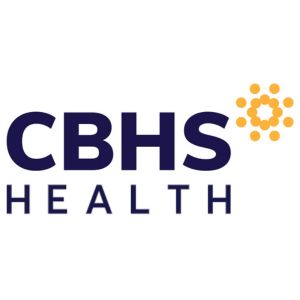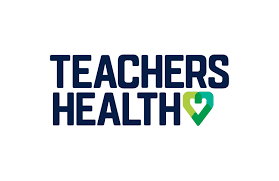30
60
34
Did you know that undiagnosed vision issues can significantly impact a teenager’s academic performance?
As adolescents are often immersed in a world of books, screens, and classrooms, the ability to see clearly is paramount for effective learning. Regular vision testing plays a crucial role in identifying and addressing potential obstacles, ensuring that teenagers can fully engage with their studies and perform at their best.
In an age dominated by screens, teenagers spend considerable time on computers, smartphones, and tablets. Did you also know that prolonged screen exposure can contribute to eye strain and various other vision issues? Teen vision testing is specifically designed to focus on mitigating these challenges associated with digital device use. By undergoing regular vision assessments, teenagers can develop healthy visual habits, ensuring their eyes are well-equipped to handle the demands of the modern digital world. This proactive approach not only supports academic success but also contributes to the overall well-being of teenagers in an increasingly screen-centric environment.
Has your teenager had their eyes tested this year?
Top vision issues for teens
Myopia (Nearsightedness)
Myopia is a common vision issue where distant objects appear blurry. Without correction, myopia can affect a teenager’s ability to see clearly at a distance, which may impact their performance in activities such as reading the board in class, recognizing facial expressions from a distance, or participating in sports.
Digital Eye Strain
With the increasing use of digital devices for academic purposes, teenagers are susceptible to digital eye strain. Prolonged screen time can result in symptoms such as eye fatigue, headaches, dry eyes, and blurred vision. These discomforts can affect a teenager’s concentration, reading speed, and overall engagement with digital learning materials.
Astigmatism
Astigmatism is a condition where the cornea or lens has an irregular shape, causing distorted or blurred vision. Astigmatism can affect both distance and near vision, leading to difficulties in reading and focusing on written material. Untreated astigmatism may contribute to eyestrain and discomfort during reading, potentially affecting a teenager’s ability to absorb and comprehend information.
What to expect in a Teen eye check
A teenager’s eye test typically involves a comprehensive examination to assess visual acuity, refractive errors, binocular vision, eye movement, and eye health. The optometrist will discuss the teenager’s medical history, conduct visual acuity and refraction tests, assess how well the eyes work together, examine eye movement, and check the health of the eyes. Color vision and intraocular pressure may also be evaluated.
The results are discussed, and if necessary, recommendations for corrective lenses or other interventions are provided. Regular eye tests for teenagers are essential for identifying and addressing visual issues early, supporting optimal academic performance and overall eye health.
Has your teen had their eyes tested this year?
Frequently asked questions
At what age should teenagers have their first eye test?
In Australia, it’s recommended that children have their first eye exam around the age of three, followed by regular check-ups every two years. These exams are crucial for identifying and addressing any vision issues during the crucial teenage years when academic demands increase.
How can I tell if my teenager needs glasses?
Look for signs such as squinting, frequent headaches, or a noticeable decline in academic performance. However, some vision issues may not be easily noticeable. Regular eye tests are vital, as they can detect common refractive errors like myopia or astigmatism, ensuring your Australian teenager receives appropriate corrective measures.
Can excessive screen time harm my teenager's eyes?
Prolonged screen use can contribute to digital eye strain, characterized by symptoms like eye fatigue and headaches. Encourage the 20-20-20 rule: every 20 minutes, take a 20-second break and look at something 20 feet away. Regular eye tests in can also identify and address issues arising from digital device use.
What are common signs of eye problems in teenagers?
Watch for signs like frequent rubbing of the eyes, sensitivity to light, red or watery eyes, and complaints of headaches or blurred vision. Additionally, changes in academic performance or reluctance to engage in activities requiring good vision may indicate potential eye issues. Regular eye checks help catch and address these signs early, promoting optimal eye health in Australian teenagers.
What is a visual processing assessment?
Visual Processing Assessments are in-depth investigations on how the brain interprets and processes visual information. These assessments encompass a range of cognitive skills related to visual perception, including visual discrimination, spatial relationships, visual-motor integration, and more.
Visual processing assessments can help identify underlying issues that may be hindering an child’s ability to learn, read, or perform well academically. Problems in visual processing can often be mistaken for learning disabilities, making these assessments an important step in the diagnostic process.



















